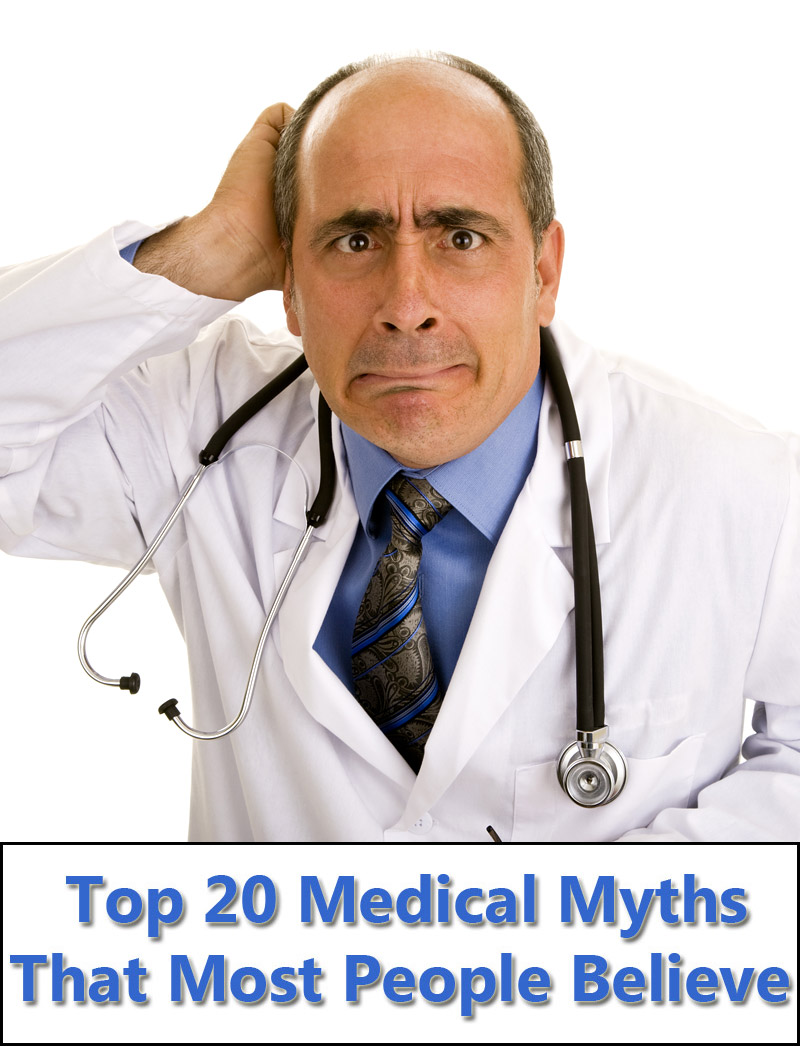
Despite what you may have heard, drinking eight glasses of water a day isn’t the key to good health. Also, neglecting to wear a coat on a cold day won’t make you sick. And — you might want to sit down for this — pregnancy doesn’t last nine months.
Health-related myths are often repeated as fact, even though any diligent Google search will reveal the truth behind these fallacies. Here are 20 of the most common medical myths, debunked.
Myth 1: Supplements always make you healthier.

Vitamin supplements may be not only ineffectual but even dangerous, studies have shown. For example, a study published in 2016 showed that some older women who take calcium supplements may face an increased risk of dementia. And in a huge review of 20 years of supplement research published in 2015, researchers found that taking high doses of vitamins may be linked with an increased risk of cancer.
Aside from these possible long-term risks, reports have suggested that supplements can cause damage in the short term too. A report published in 2016 found that a man in Pennsylvania who took Ayurvedic herbal supplement developed lead poisoning. Another report, also published in 2016, showed that a 4-year-old boy in England went to the ER after taking a slew of “natural” supplements, and developing a condition called vitamin D toxicity.
“The FDA does not require supplements to be regulated in the same way that drugs are, which can be a real problem,” Vreeman said in 2010. As a result, the safety of many supplements has not been rigorously studied. Furthermore, supplement bottles can sport unsubstantiated claims and even make errors in dosage recommendations, she said.
It’s a better idea to get your vitamins and other nutrients from eating real food, rather than taking a pill, she said.
“A vitamin pill is not the answer,” Vreeman said. “Eating more healthily in general is the answer.”
Myth 2: Cold weather makes you sick.
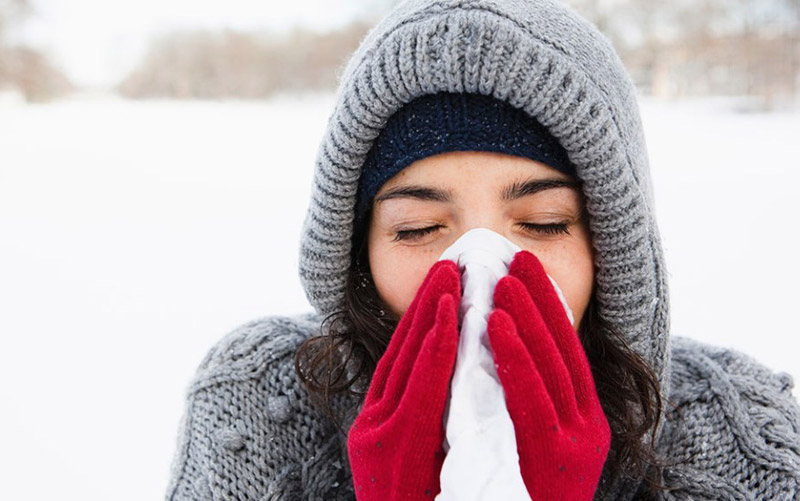
“This myth is common around the world, but it is just not true,” Vreeman told Live Science. Studies have shown we may feel more cold symptoms — real or imaginary — when we are chilled (after all, a cold is called a “cold” for a reason), but the temperature itself does not make us more susceptible to viruses. This has been known since at least 1968, when a study in The New England Journal of Medicine showed what happened when researchers exposed chilly people to the rhinovirus (one cause of the common cold).
It turned out that whether they were shivering in a frigid room or in an icy bath, people were no more likely to get sick after sniffing cold germs than they were at more comfortable temperatures.
Vreeman said that cold air also does not make a difference in people’s recovery time from a cold. In fact, although the research is in its early stages, “it is possible that being exposed to cold may even help your body in some way,” she said.
However, its unclear how chilly conditions might affect the germs themselves. Research has shown that two common causes of colds — rhinoviruses and coronaviruses — may thrive at colder temperatures, and that the flu may spread most effectively under cold, dry conditions.
Some scientists speculate that colds are more common in cooler months because people stay indoors more, interacting more closely with one another and giving germs more opportunities to spread.
Myth 3: We use only 10 percent of our brains.
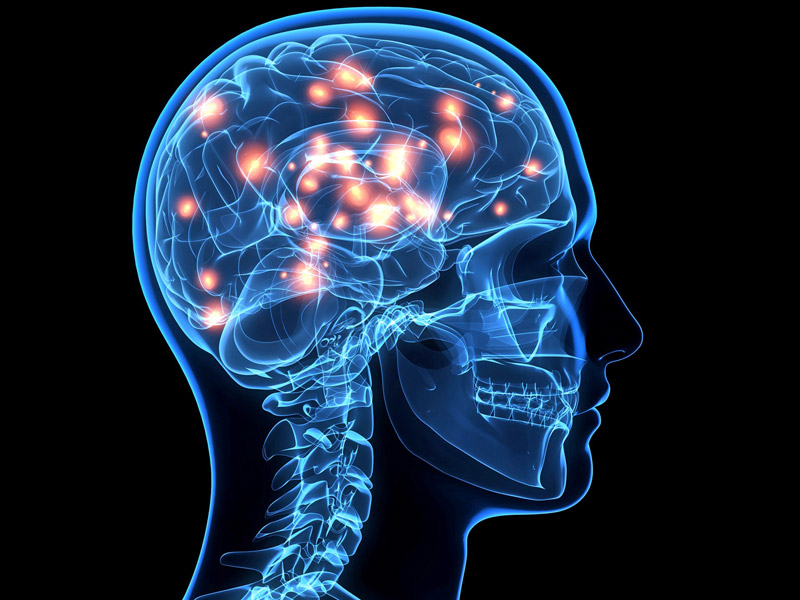
Motivational speakers and other self-help gurus have been promoting this one since as early as 1907, as a way to encourage people to tap into some latent capacity, explained Vreeman and the co-author of her book, Dr. Aaron Carroll, both of the Indiana University School of Medicine, write in the book. But these people were not basing the proclamation on sound science.
Today, scientists can look at any brain scan, measuring activity at any given time, and have a big laugh at this myth. “You just don’t see big dormant areas,” Vreeman said. The idea lingers in popular culture because “we want to think we haven’t reached our full potential,” Vreeman said.
Myth 4: Sugar turns kids into little monsters.

It can be hard to find a parent who does not believe this, Vreeman said. “But it is in their heads.” In one particularly clever study among a slew of studies finding sugar’s nil effect on unruliness, kids were given Kool-Aid sweetened with aspartame, a compound that contains no sugar. Researchers told half of the parents the Kool-Aid contained sugar, and told the other half the truth.
The parents in the study who thought their kids were riding a sugar high reported their children were uncontrollable and overactive. But a sensor on the kids’ wrists that measured activity level said the opposite: The kids were actually acting subdued. The study was published in the Journal of Abnormal Child Psychology in 1994.
Sugar is often given at times when the rules are loosened and there are lots of other kids around, like birthday parties and holidays, Carroll told Live Science. These factors may be behind the myth’s persistence in popular culture, he said.
Myth 5: Chewing gum stays in your stomach for 7 years.

Although it is true that many of the ingredients in gum — such as elastomers, resins and waxes — are indigestible, that does not mean they hang out in your guts for seven years. Plenty of what you eat — even things you are recommended to eat, such as fiber — is indigestible. But the digestive system is a robust piece of organic machinery, and anything it can’t absorb, it moves along. Despite the stickiness and strange consistency of gum, “it passes right through your digestive tract and into the toilet,” Vreeman explained.
Myth 6: You should drink at least 8 glasses of water a day.
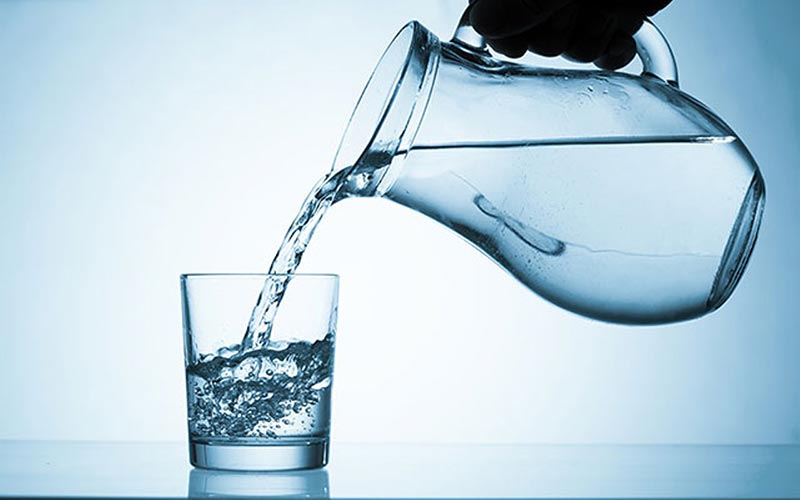
“In general, we are not all walking around in a dehydrated state,” Vreeman said, adding that our bodies are very good at regulating our fluid levels. The eight-glasses-a-day myth likely started in 1945, when the Food and Nutrition Board of the National Research Council said adults should take in about 2.5 liters of water a day (equivalent to about eight glasses, or two-thirds of a gallon). Although most media outlets reported that as fact and stopped there, the council actually went on to explain that most of the 2.5 liters comes from food. According to Vreeman, the recommendation should be amended to the following: Drink or eat about eight glasses of fluid a day.
Myth 7: You should wait an hour after eating before you go swimming.

This myth has ruined many summer afternoons, forcing young and old to swelter in the heat while cool waters beckoned, all because they were careless enough to down a PB&J. Let the ban be lifted: There is no special reason not to swim after eating, Vreeman said.
It’s true that any type of vigorous exercise can be uncomfortable (although not dangerous) after an overwhelming feast. But for most of us whose waterfront dining experience includes sand-dusted chips and soggy sandwiches, that is hardly a concern. And cramps can happen anytime, whether you’ve eaten or not. If you are swimming in waters so rough that a charley horse will mean the death of you, you should probably swim elsewhere. Just don’t forget the picnic!
Myth 8: Fingernails and hair continue to grow after death.

This myth is actually just a misperception, and for many years, most physicians couldn’t disprove it, even though they couldn’t quite explain it. Here’s what really happens to your nails and hair after you die:
“As the body’s skin is drying out, soft tissue, especially skin, is retracting,” Vreeman said. “The nails appear much more prominent as the skin dries out. The same is true, but less obvious, with hair. As the skin is shrinking back, the hair looks more prominent or sticks up a bit.”
Myth 9: Shaved hair grows back faster, coarser and darker.
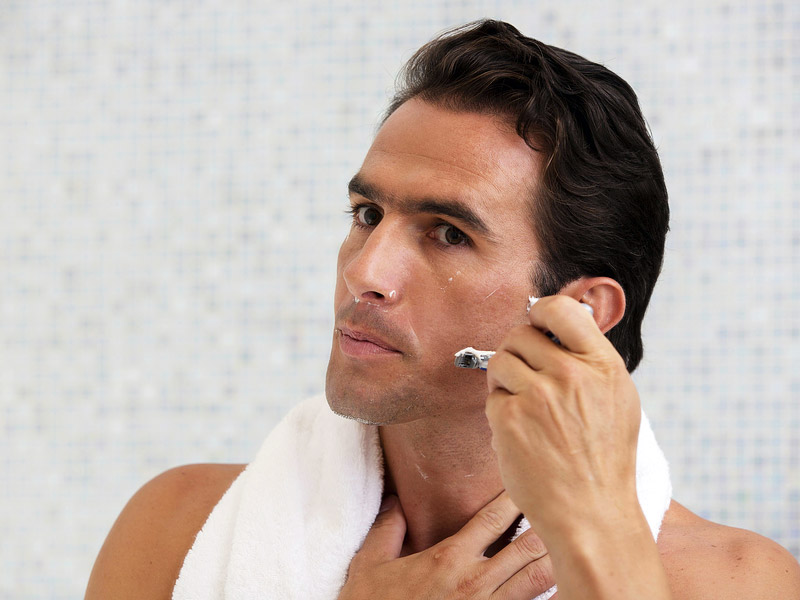
Here’s a myth you can debunk yourself by paying attention to your own hair after shaving. You may notice that new hair grows in with a blunt edge on top. Over time, that blunt edge gets worn down, making it seem thicker than it really is. But why might recently shaved hairs seem darker than their nonshaved counterparts? It could be that those newly spouted hairs haven’t yet been bleached by the sun, Vreeman said.
But if you don’t trust your own experimental skills, there’s other evidence that this myth isn’t reality. A clinical trial conducted in 1928 compared hair growth in shaved patches to hair growth in nonshaved patches. The study found that new hair that replaced shaved hair wasn’t darker or thicker, nor did it grow faster. More recent studies have confirmed that one.
Myth 10: Ulcers are caused by spicy food and stress.

If you think your ulcers are acting up because of the curry you ate last night for dinner, think again. Although doctors once believed that ulcers were caused by stress, lifestyle choices or spicy foods, they now know that most ulcers are actually caused by the bacterium Helicobacter pylori.
Ulcers — sores that develop in the lining of the esophagus, stomach or the first part of the small intestine — can also be caused by certain medicines. Aspirin and iron tablets are the most common culprits, according to Dr. Arun Swaminath, director of the Inflammatory Bowel Disease Program at Lenox Hill Hospital in New York City.
Myth 11: A woman can’t get pregnant during her period.

Although it’s unlikely that a woman will conceive during menstruation, it isn’t impossible, according to Carroll. Sperm can live inside a woman’s body for up to a week, and ovulation can occur soon after (or even during) the “bleeding” phase of a woman’s menstrual cycle. That makes it possible for a woman to become pregnant if she has sex either during her period or shortly after it ends.
Myth 12: You lose most of your body heat through your head.
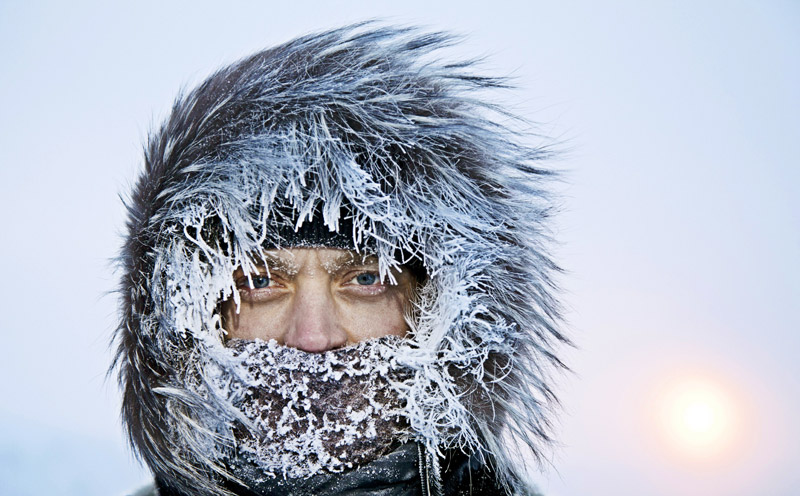
Don’t believe the hat salesman: You don’t lose most of your body heat through your head.
In 2006, scientists decided to debunk this myth once and for all. They found that the amount of body heat lost through a person’s head is only about 7 to 10 percent of total body heat. In other words, body heat loss from the head is proportional to the amount of skin on the average human head.
Myth 13: Going out in the cold with wet hair will make you sick.

Don’t have time to dry your hair before leaving the house on a cold day? Don’t worry about it! Though lots of people might tell you that a wet head, plus cold air, is bound to equal a head cold, that’s simply not the case, according to Weiss. Germs such as viruses and bacteria, not temperature changes, make people sick. So although you might be a bit chilly if you leave home with wet hair on a winter day, that doesn’t mean you’ll get sick, he said.
However, a study published in 2015 in the journal Proceeding of the National Academy of Sciences does suggest that rhinoviruses (the viruses behind the common cold) may take advantage of cold weather. Researchers found that cold temperatures might make it easier for these cold-causing viruses to replicate by diminishing the body’s antiviral immune responses.
Myth 14: Chicken noodle soup cures … everything.

Everybody’s heard that chicken soup is supposedly the best cure for whatever ails you. But does this delicious food really help you get better when you’re sick?
Unfortunately, no, Weiss said. The combination of hot broth and yummy veggies is more of a comfort than a cure, he said. However, some research suggests that chicken noodle soup may work well as a placebo. In other words, it may convince you that you’re getting better. So keep slurping!
Myth 15: Eating at night makes you fat.
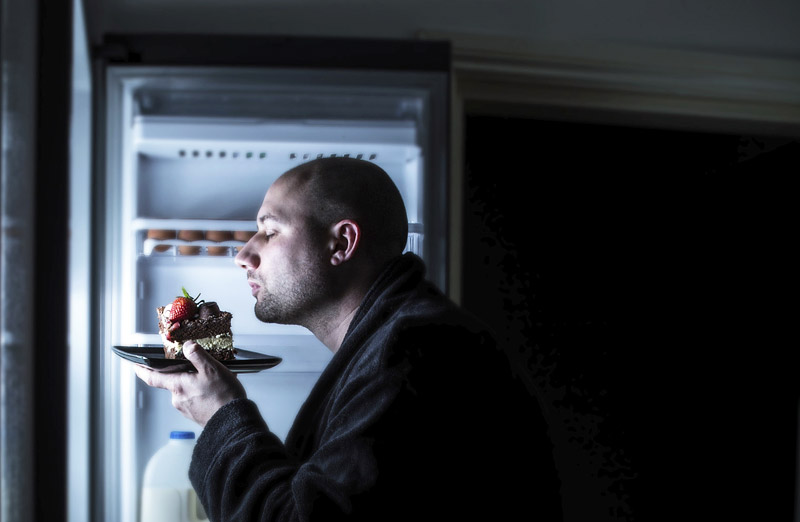
Don’t feel guilty the next time you reach into the fridge for a midnight snack. Though eating late at night has been associated with obesity, this eating behavior doesn’t actually cause obesity.
“You shouldn’t be afraid to have that midnight snack anymore than a mid-day or mid-morning snack,” Carroll said.
Myth 16: Psychiatric and emergency room visits increase during the full moon.

Myths about the moon’s effect on human behavior have been around since at least the Middle Ages, but science doesn’t support full-moon folklore. For example, one popular myth states that emergency psychiatric visits increase around the full moon. But that’s just not the case.
A2005 study by Mayo Clinic researchers looked at how many patients checked into a psychiatric emergency department between 6 p.m. and 6 a.m. over several years. The researchers found no statistical difference in the number of emergency psychiatric visits on the three nights surrounding full moons versus other nights of the lunar cycle.
And regular emergency-room visits are not any more common during a full moon, either. In 1996, researchers at Northwestern University examined 150,999 records of emergency-room visits to a suburban hospital. Their study found no significant difference between the number of visits during the full moon versus other nights.
Myth 17: Taking probiotics helps prevent colds.
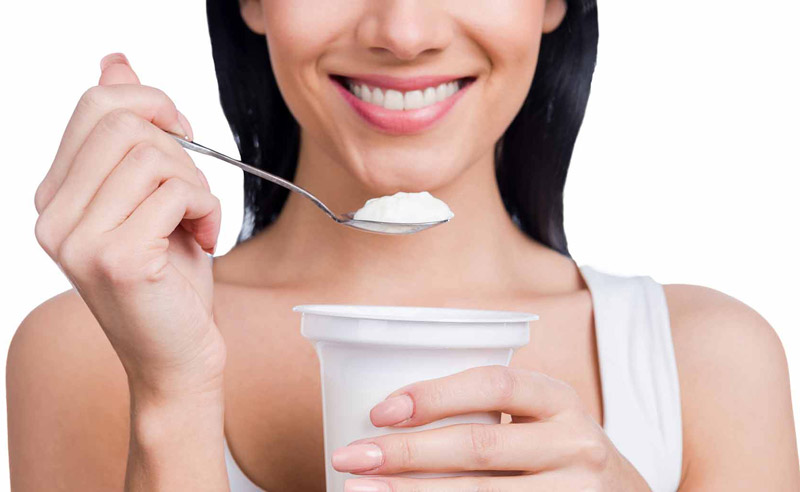
Sure, probiotics won’t make you sick, but they won’t keep you from catching a cold, either, according to Dr. Patricia Hibberd, a professor of pediatrics and chief of global health at MassGeneral Hospital for Children in Boston.
Although preliminary research does suggest that probiotics could possibly help ward off colds, no high-quality trials support this claim.
Myth 18: Babies get fevers when they are teething.
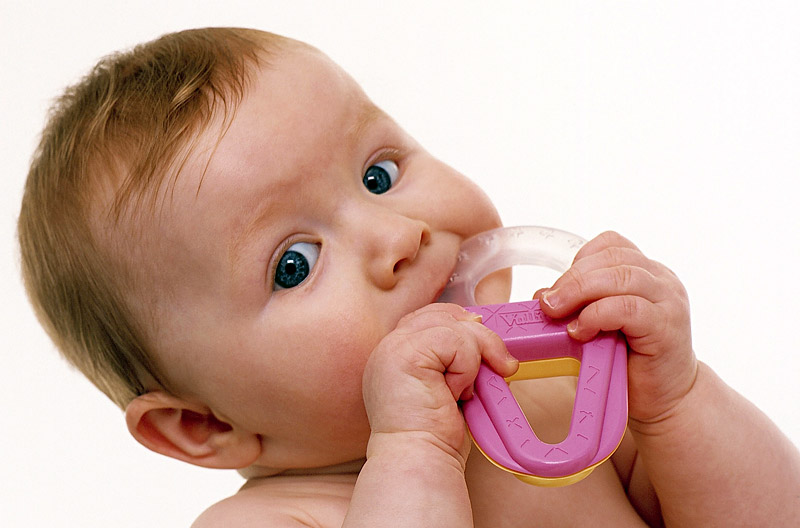
This is one of those myths that every parent has heard: Babies get fevers when they teethe. But this medical myth is both false and potentially dangerous, according to Vreeman. Parents shouldn’t write off a baby’s fever as due to teething, she warned.
Research has not shown a strong relationship between teething and high body temperatures, so if your tot has a fever, it might be time to visit the doctor.
Myth 19: Pregnancy lasts nine months.

Everyone knows that pregnancy lasts nine months. But everyone is wrong about this
“fact.”
“It’s actually more like nine and a half months,” said Dr. Joanne Stone, an obstetrician at Mount Sinai School of Medicine in New York City and co-author of “Pregnancy for Dummies” (For Dummies, 2009).
Doctors typically measure a full-term pregnancy as lasting 40 weeks, counting from the first day of a woman’s last period. But women usually become fertile 10 to 16 days after their period starts. So by this method of counting, the first two weeks of most pregnancies actually take place before a woman has conceived. And just to confuse the matter even more, researchers have found that the amount of time a healthy pregnancy lasts can vary by as much as five weeks.
Myth 20: Deaths by suicide increase over the holidays.

Here’s a myth you’ve probably heard every December: The number of people who die by suicide increases during the holiday season. But that’s actually not the case. In fact, suicide rates in the U.S. are lowest in December, according to the Centers for Disease Control and Prevention’s (CDC) National Center for Health Statistics.
One reason for this myth may be the way the media covers deaths from suicide. A recent analysis of media reports written during the 2013 holiday season found that 70 percent of published articles perpetuated this myth.



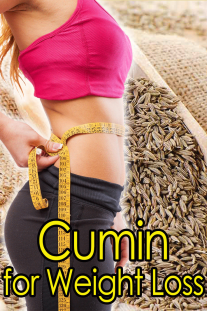
Leave a Reply